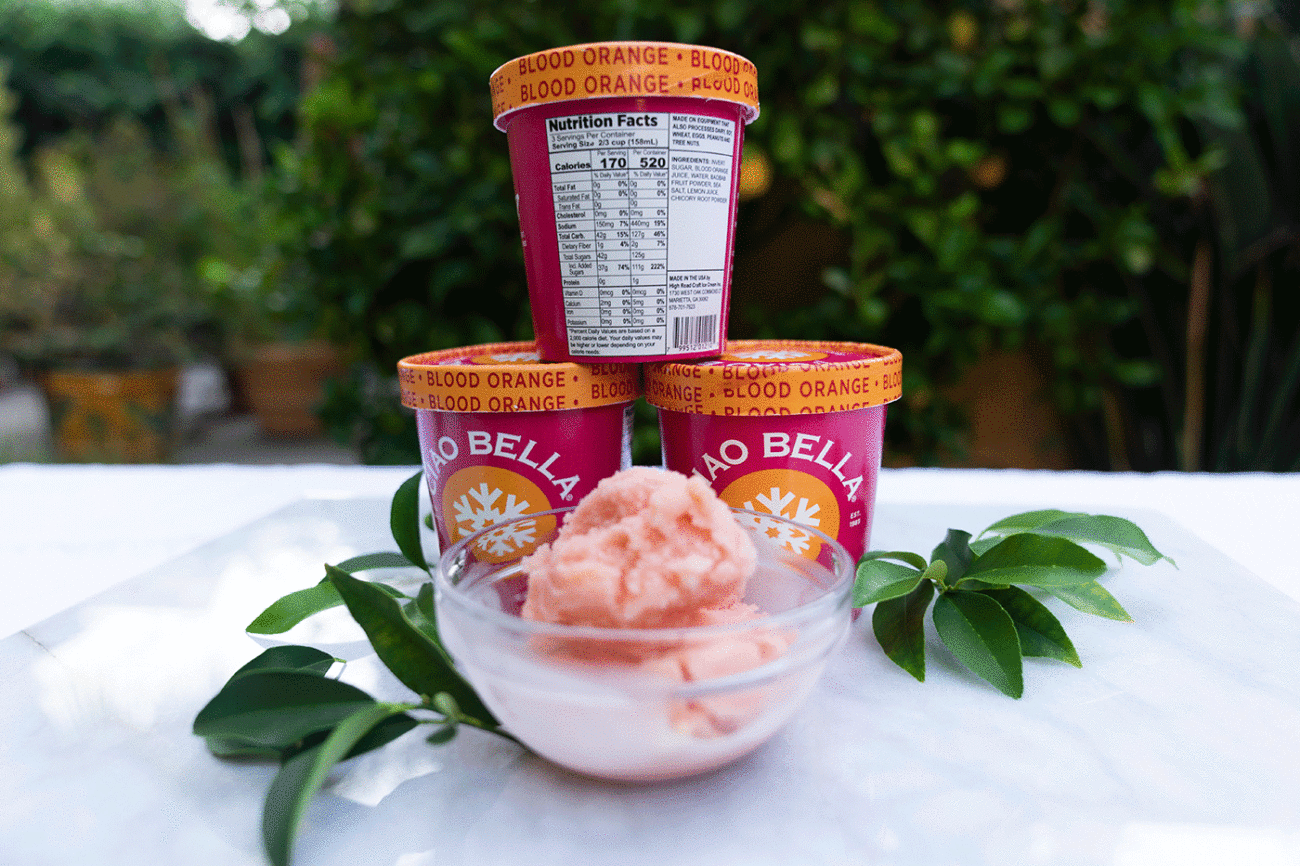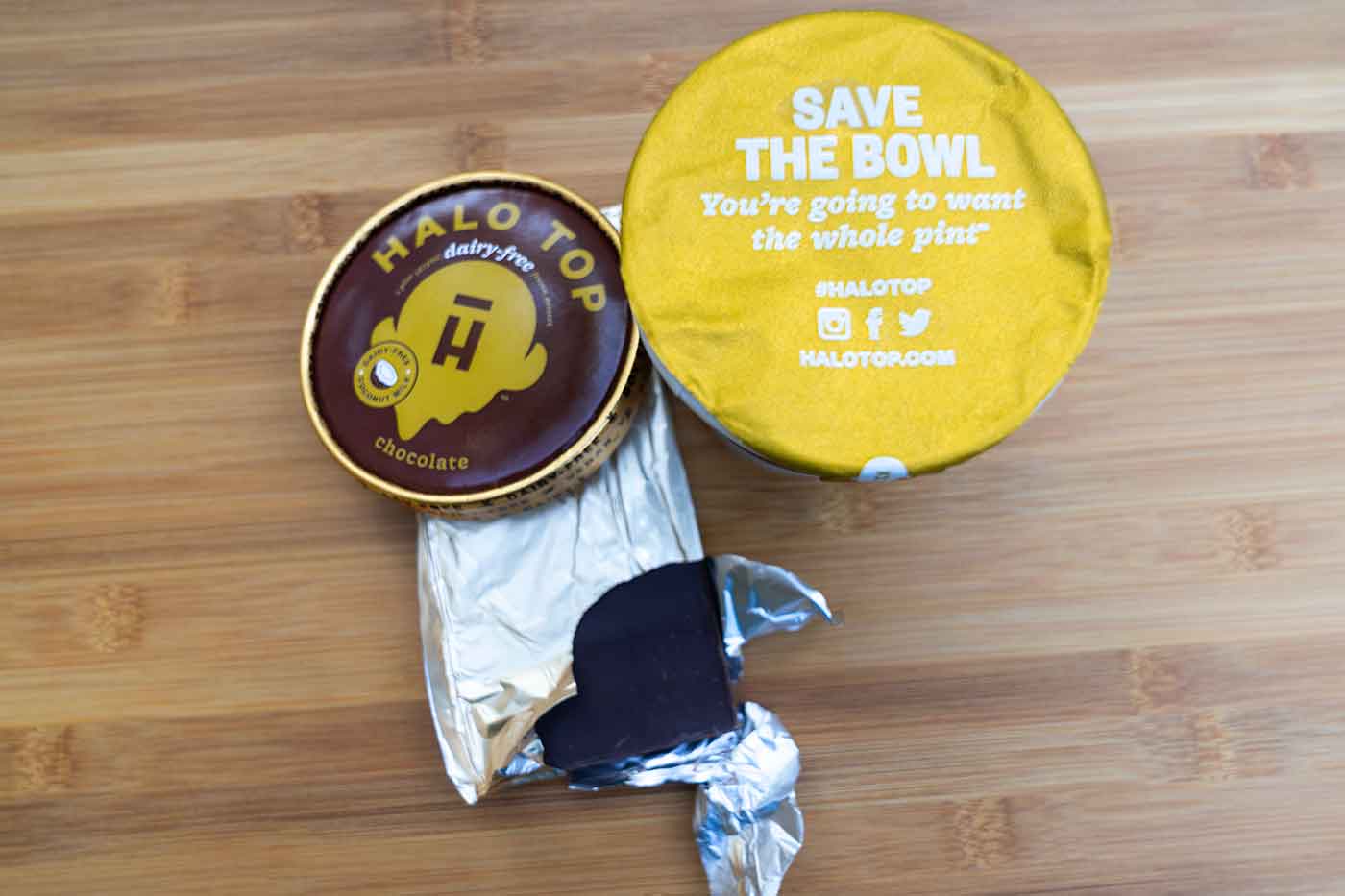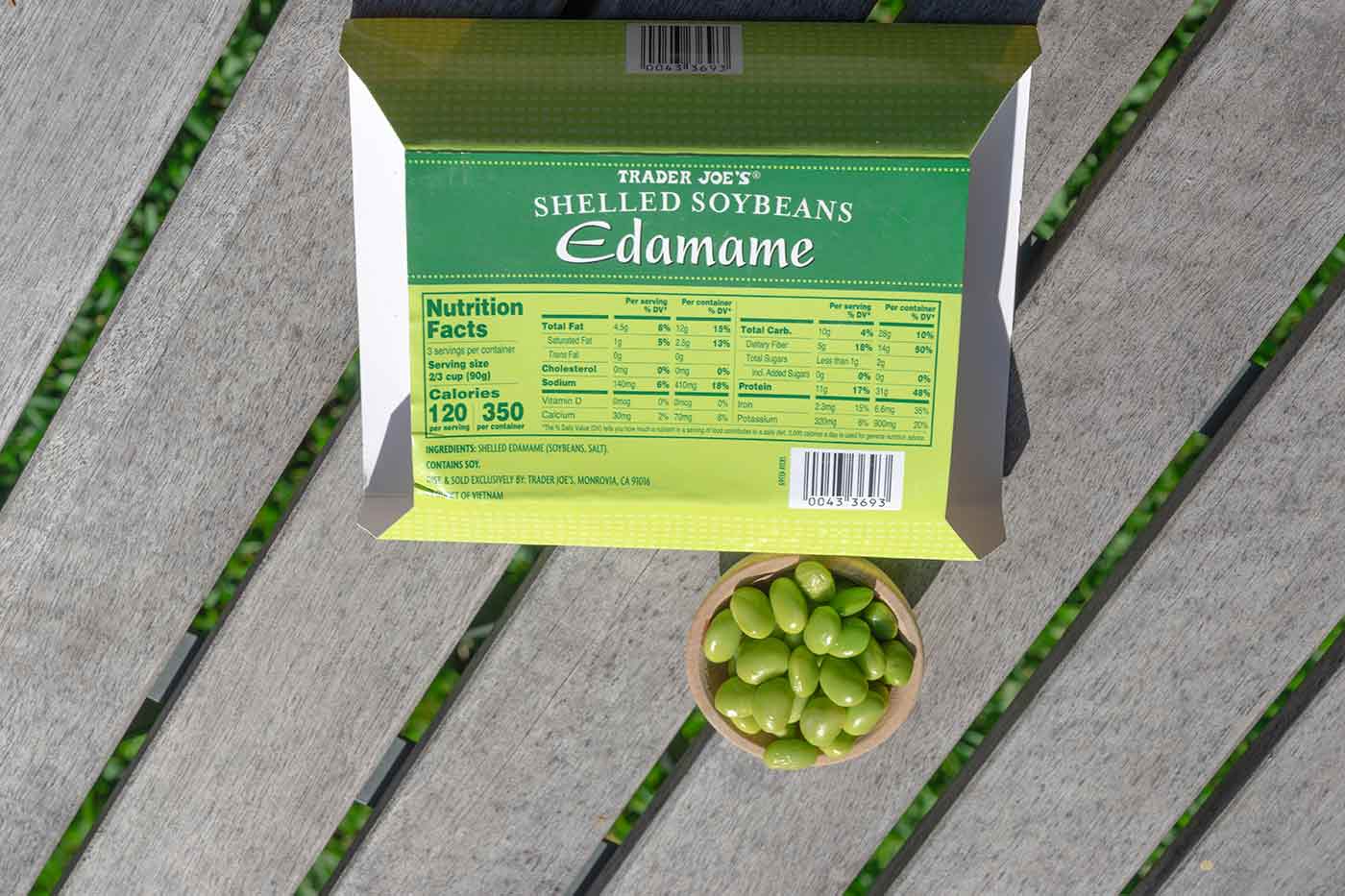
Nutrition Label Tips
The feds are on to you: when you buy a pint of ice cream, you don't always keep it to one serving. Sometimes you eat more, even the entire container. To keep up with the way people actually eat, and with science, the U.S government is updating its requirements for the nutrition labels on all food packages. And with the ice cream example, there will be two columns, one for a serving size and one to show the number of calories for the whole thing!
The changes are already live on some packages today and will be added over the next couple of years to others. They are designed to make it easier to read and understand portion sizes and important nutrients, fats and more to make us all healthier.
Overall, in a lot of ways it's still the same tool, with tweaks, one we should all understand to stay healthy.
“It's a skill that every consumer should have. Once they learn it, they use it” said Aleida Gordon, lecturer in the Nutrition Department at Cal Poly Pomona and director of a program to address nutrition disparities in Latino communities, Estudiante de Dietética Program.
Nutrition Label Serving Sizes
Experts agree that when you pick up items in a store, you should look at a product's portion size and how many servings are in a package to know how many calories, nutrients, fat, sugar and salt you're really getting.
The new nutrition facts labels, visible on the FDA website, have new portion sizes closer the amounts people actually eat, according to the agency. Sizes have expanded since we're eating more, and need to know the calorie and other consequences. Soda went from 8 ounces to 12 ounces and ice cream went from 1/2 cup to 2/3 cup.
And if a container has between one and two servings, the manufacturers have to round up to acknowledge that someone usually eats the whole can of soup, for example.

In instances when you are maybe supposed to share but don't, with a pint of sorbet, for example, companies are required to have two columns. One is for a single portion and the other the entire container, for those days you're watching Netflix with the spoon in one hand and the carton in the other.
The serving size and calories are also larger on the label, so they're easier to see.

The label calls out that the percentages are based on a 2,000-calorie diet. And in addition to the percent of nutrients or total allowed sodium, fat (saturated fats, trans fats, cholesterol) and sugar in a serving, the labels now show the amount you're getting, in micrograms, grams, etc.
Calories from fat is going away like the dinosaur since experts think the metric is not beneficial.
And the maximum limit of sodium in the calculations is dropping just a hair from 2,400 mg a day to 2,300 mg because of the negative health impacts of sodium.
“I read the labels. I watch the amount of fat and salt,” said Gordon, who has lowered her blood pressure, despite a family history of challenges, by transitioning to a whole-foods vegan diet, watching what she eats, and visiting her doctor yearly to check her numbers. “You need to follow portion control.”
Nutrition Facts Label Nutrients
The FDA has updated the nutrients companies are required to list: Vitamin D, potassium, calcium and iron. Vitamin D and potassium are being added due to increasing evidence of their health benefits and a consumer deficit. Vitamins A and C, which Americans seem to get enough of now, will no longer be required, but companies can choose to retain them. Protein and fiber will also remain.
Nutrition Label Includes Added Sugars
Added sugars, as opposed to naturally occurring sugar in fruits, for example, must now be included as both a percent and in grams. This is because research shows that if you consume more than 10% of total daily calories from added sugar (20 grams if you eat 2,000 calories a day) it is difficult to get the nutrients you need and also avoid gaining weight, a problem in the U.S., according to the FDA.
Read the Nutrition Label Ingredients
Avoid foods that list some form of sugar as the first ingredient. And remember that sometimes sugars are disguised in ingredients.
“If there's an '-ose' ending for a word, that's usually a clue it's a form of sugar: fructose, dextrose, glucose,” said Gordon.
Corn syrup, evaporated “juice” and honey are also sweeteners that have the same calorie-increasing effect.
Under Carbohydrates, look for fiber and added sugars. Some people have a rule of thumb and look for a gram or two of fiber for each 100 calories, indicating complex, healthy carbs. On the other end of the spectrum, if you see a lot of added sugars and no fiber, you're in the danger zone: unhealthy carbs that will make you hungrier sooner.
Look for foods low in saturated and tans fats.
Minding what you eat is one way you can influence your health, to get the nutrients you need and stay at a healthy weight.
“You need to keep in mind that what you add to your diet over what you need, it is going to be converted into fat,” said Gordon.

